Juvenile Myasthenia Gravis Life Expectancy
The life expectancy of people with myasthenia gravis is almost near to normal lifespan of people, except in very rare cases. Symptoms of weakness develop after exertion and tend to increase as the day progresses.
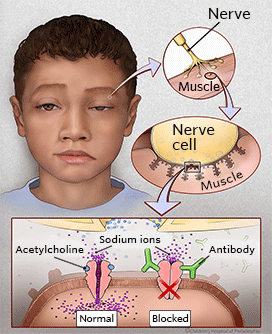
Myasthenia Gravis Childrens Hospital Of Philadelphia
Myasthenia gravis (mg) is an autoimmune disease in which antibodies are directed at the postsynaptic membrane of the neuromuscular junction, leading to varying degrees of muscle weakness and fatigability.

Juvenile myasthenia gravis life expectancy. Higher rates of spontaneous remission; Life expectancy is normal except in rare cases. In patients younger than 40, women predominate with a ratio of 7:3.
With current therapies, however, most cases of myasthenia gravis are not as grave as the name implies. Morbidity results from intermittent impairment of muscle strength, which may cause aspiration, increased incidence of pneumonia, falls, and even respiratory failure if not treated. Ethnicity has influence on incidence, clinical presentation, and the course of the disease.
The life expectancy is long, since it is an autoimmune disease controllable, obviously always depending on the person. Only 3 to 4 out of every 100 people with mg die because of mg. Certain muscles such as those that control eye and eyelid movement, facial expression, chewing, talking, and swallowing are often
Weakness that worsens after periods of activity and improves after periods of rest. Juvenile myasthenia gravis (jmg) is an autoimmune disorder of neuromuscular transmission caused by production of antibodies against components of the postsynaptic membrane of the neuromuscular junction. Myasthenia gravis can range from mild to severe.
It’s an autoimmune disease, which means that the immune system (a system that usually protects the body from sickness) attacks the body instead of the germs. With appropriate treatment, myasthenia gravis can usually be effectively managed with little impact on life expectancy. 1 the concept that myasthenia gravis (mg) mainly affects young adults and is uncommon after the age of 50 years was based on clinical experience and supported by epidemiological.
(1) your doctor will start with your medical history and he will also conduct a thorough physical examination and ask you questions about how you feel. With treatment, the outlook for most patients is bright. It is the most common variant of pediatric myasthenia gravis and accounts for at least 10% of all myasthenia gravis cases.
Neonatal myasthenia gravis is generally temporary, and the child’s symptoms usually disappear within two to three months after birth. He hallmark of myasthenia gravis is muscle. In some cases, symptoms are so minimal that no treatment is necessary.
Where mg presents before 19 years of age, it is termed juvenile myasthenia gravis (jmg). If playback doesn't begin shortly, try. Even in moderately severe cases, with treatment, most people can continue to work and live independently.
Treatment for myasthenia gravis significantly improves muscle weakness, and a person with this condition leads to a relatively normal life. The onset of mg is influenced by gender and age in a bimodal fashion. Juvenile myasthenia gravis (jmg) is a rare disorder, defined as myasthenia gravis in children younger than 18 years of age.
He may ask you to go for various tests. In fact, for the majority of individuals with myasthenia gravis, life expectancy is not lessened by the disorder. Gravis now have a near normal life expectancy owing to the use of immunomodulators and progress made in intensive care medicine.
Juvenile myasthenia gravis poses as a diagnostic challenge for the medical community due to its many clinical presentations. An autoimmune disorder in which antibodies interfere with nerve to muscle communication causing muscle weakness. Patients usually may take part in all daily activities, including work, and their life.
And the need to initiate appropriate treatment early, to avoid the long. The patients present with a wide range of symptoms. Years ago, early death occurred in over a third of people with mg.
In approximately 60 per cent of the patients the disease develops between the ages of 20 and 40. They will have significant improvement of their muscle weakness and can expect to lead normal or nearly normal lives. What are the symptoms of myasthenia gravis?
Most people with this condition can enjoy a good quality of life even with mild to moderate symptoms and have normal life expectancy. The disease does this by stopping some of the. While clinical phenotypes are similar to adults, there are a number of caveats that influence management:
Juvenile myasthenia gravis is an autoimmune neuromuscular disorder associated with muscle weakness. A wide range of incidence is reported with an estimate of about 2.0 to 10.4/million/year in virginia [ 8] to 21.27/million/year in barcelona, spain [ 9 ]. Although myasthenia gravis is rarely seen in infants, the fetus may acquire antibodies from a mother affected with myasthenia gravis—a condition called neonatal myasthenia.
Condition have a normal life expectancy. The disease occurs, for the most part, in the third decade, and is rare before the age of 15, or after 70. There is no cure for mg, but most people with the condition have a normal life span.
The hallmark of myasthenia gravis is muscle weakness that increases during periods of activity and improves after periods of rest. In fact, for the majority of individuals with myasthenia gravis, life expectancy is not decreased by the disorder.

Myasthenia Gravis - The Lancet

Myasthenia Gravis - An Overview Sciencedirect Topics
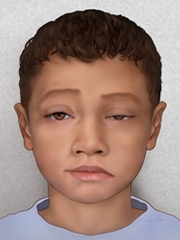
Myasthenia Gravis Childrens Hospital Of Philadelphia

1 Quantitative Myasthenia Gravis Qmg Scale Download Table
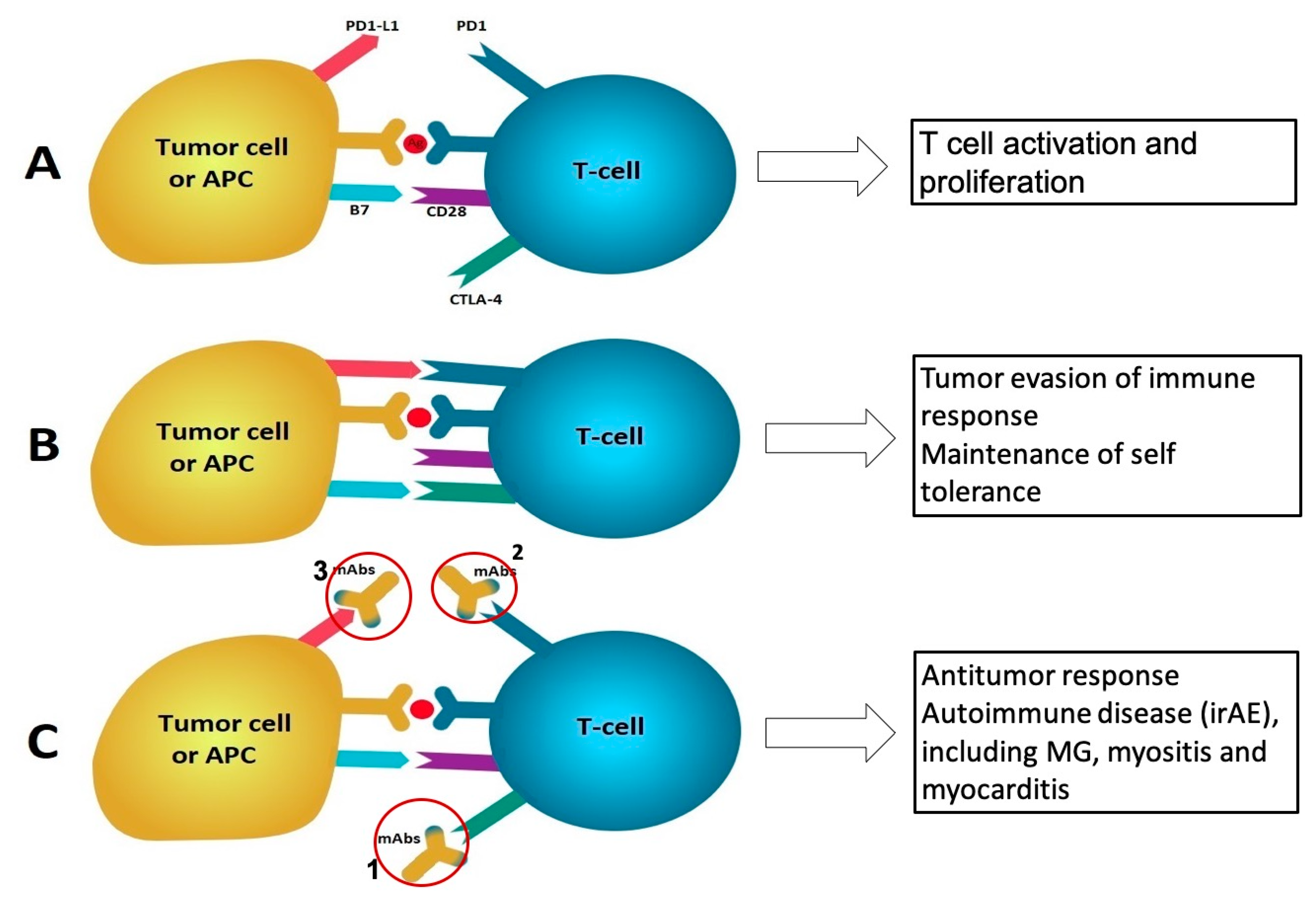
Jcm Free Full-text Drugs That Induce Or Cause Deterioration Of Myasthenia Gravis An Update Html

Disorders Of Muscle And Motor Function Neupsy Key

Incidence Mortality And Economic Burden Of Myasthenia Gravis In China A Nationwide Population-based Study - The Lancet Regional Health Western Pacific

Various Precipitating Factors Of Myasthenic Crisis Download Scientific Diagram
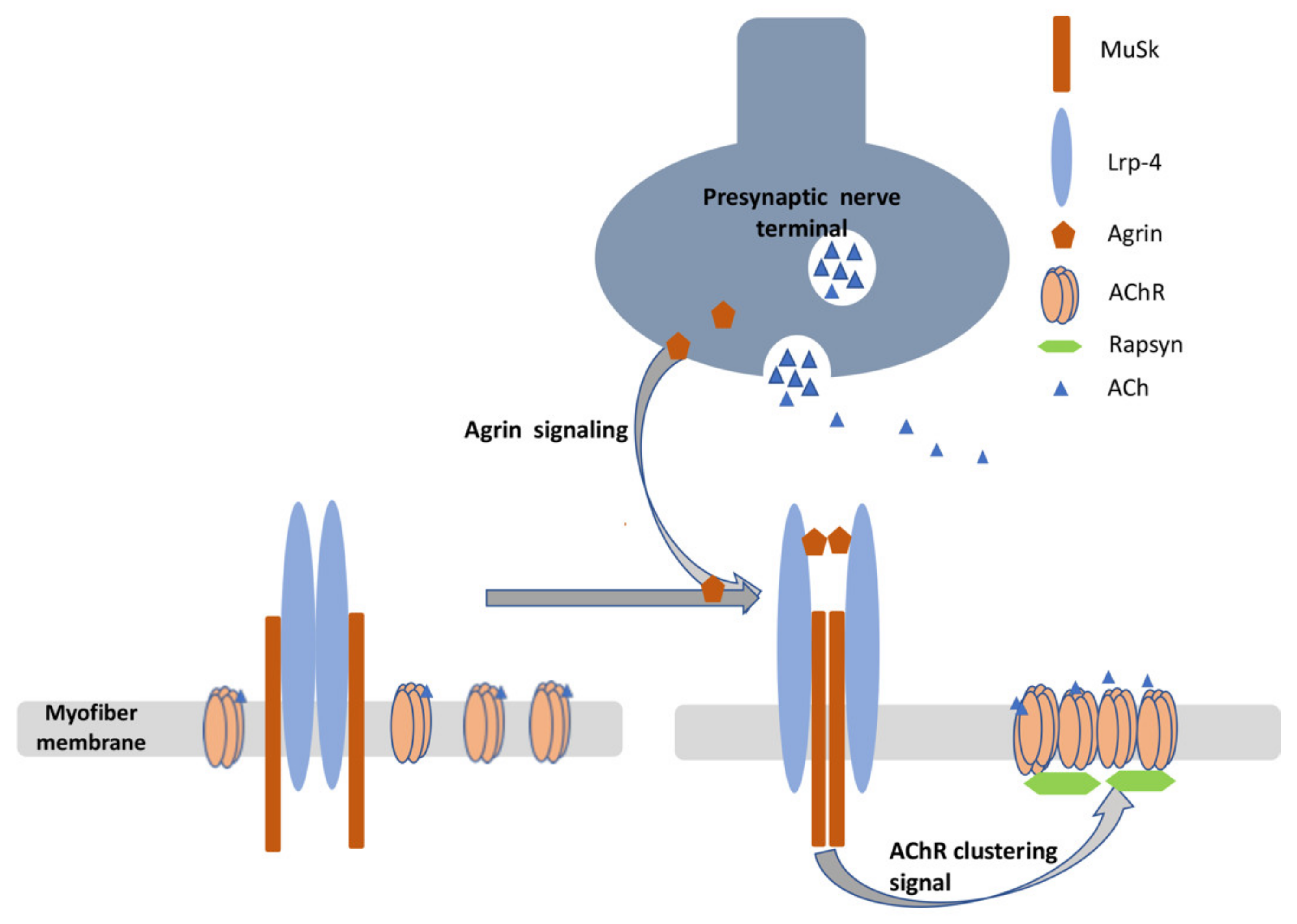
Jcm Free Full-text Myasthenia Gravis Epidemiology Pathophysiology And Clinical Manifestations Html

References In Seronegative Generalised Myasthenia Gravis Clinical Features Antibodies And Their Targets - The Lancet Neurology

References In Myasthenia Gravis Subgroup Classification And Therapeutic Strategies - The Lancet Neurology
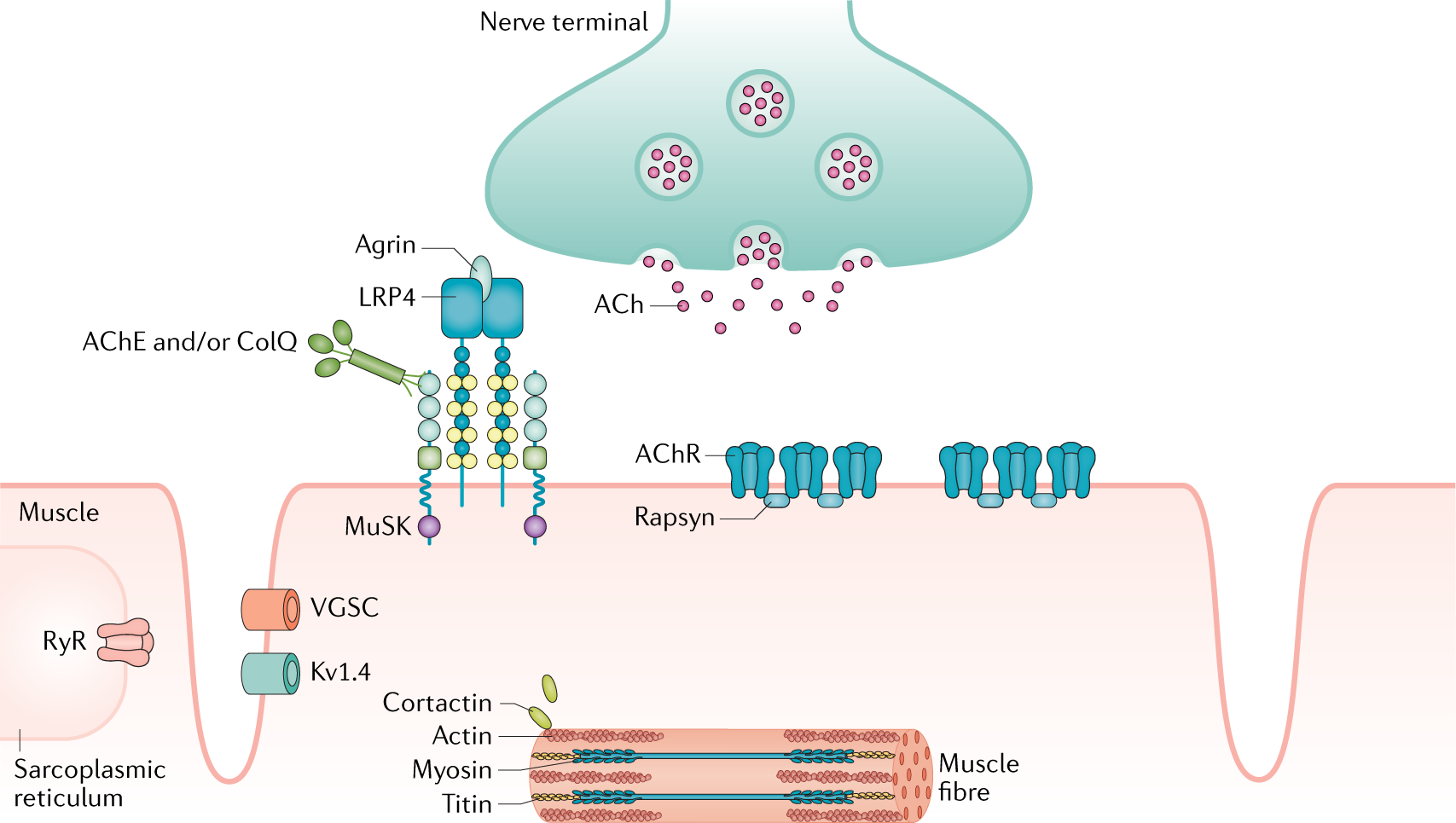
Myasthenia Gravis Nature Reviews Disease Primers

Myasthenia Gravis In Children

Characteristics Of Myasthenia Gravis According To Onset-age Japanese Nationwide Survey - Sciencedirect

Myasthenia Gravis Fit For Life Wellness Rehab Centre
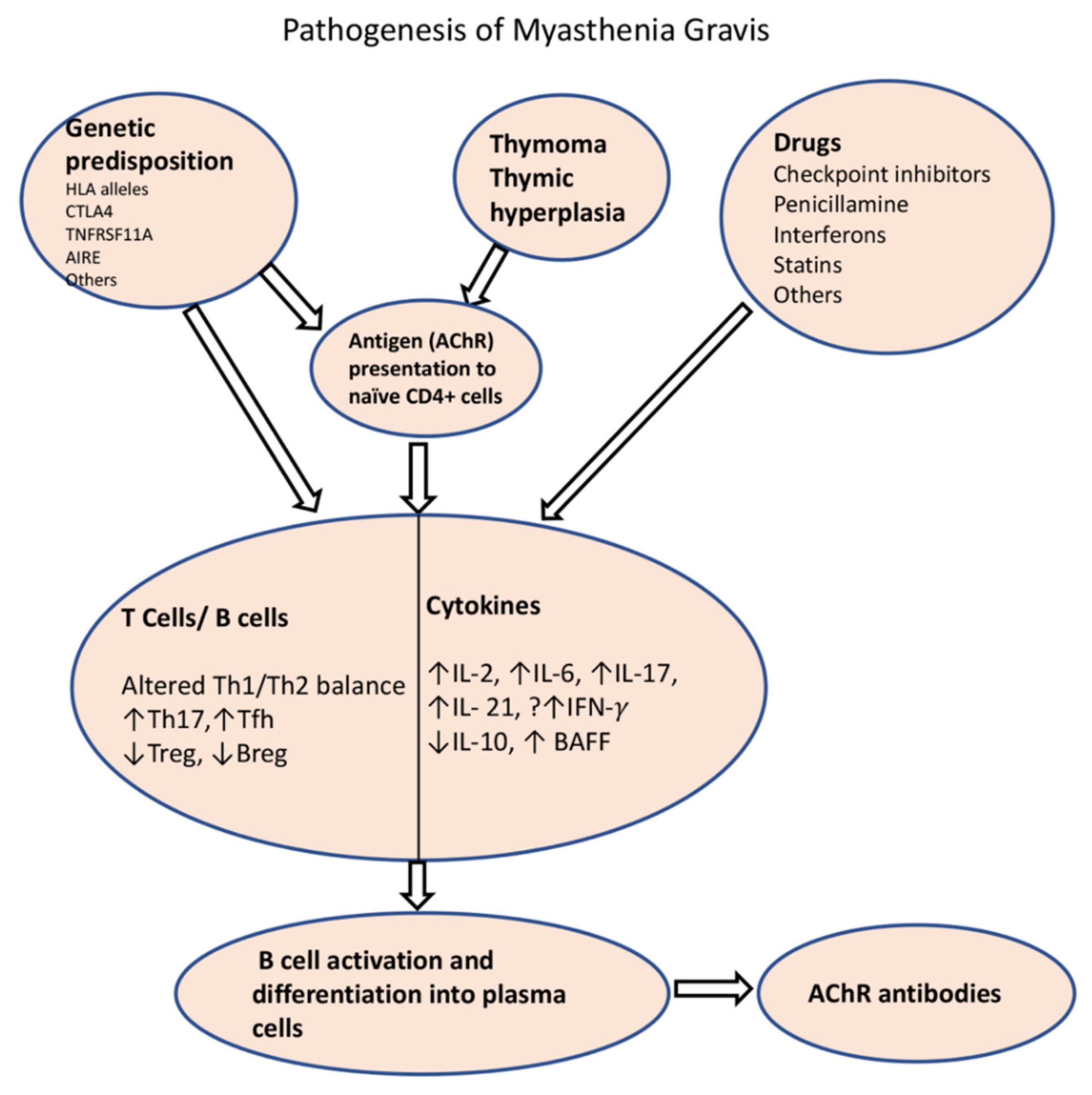
Jcm Free Full-text Myasthenia Gravis Epidemiology Pathophysiology And Clinical Manifestations Html

Pdf Myasthenia Gravis Optimal Treatment In Severe Disease
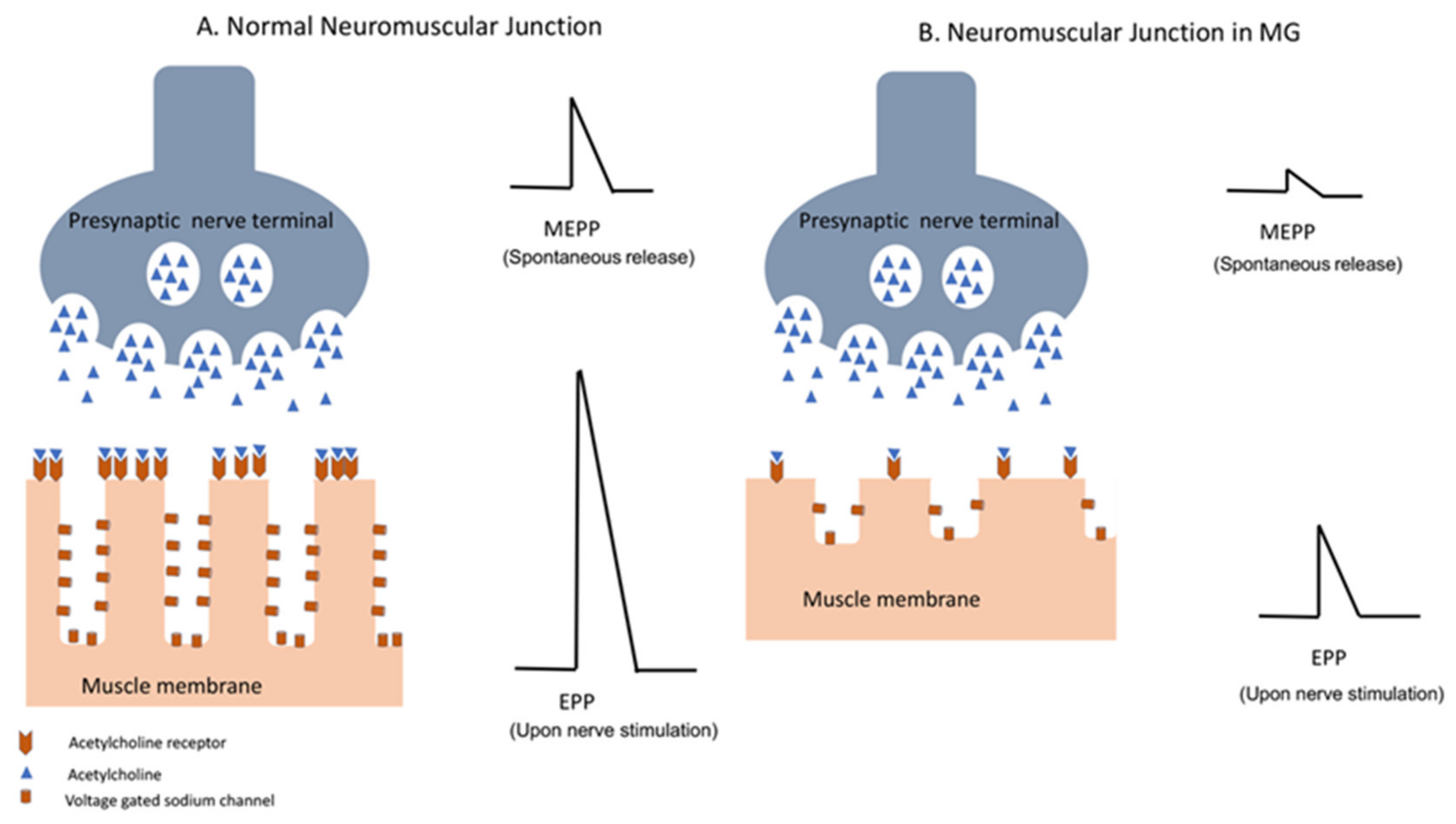
Jcm Free Full-text Myasthenia Gravis Epidemiology Pathophysiology And Clinical Manifestations Html

Pdf Myasthenia Gravis